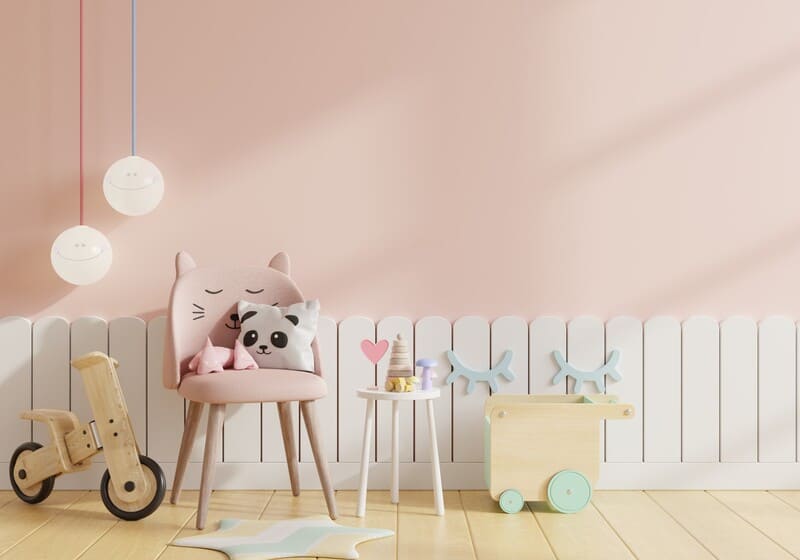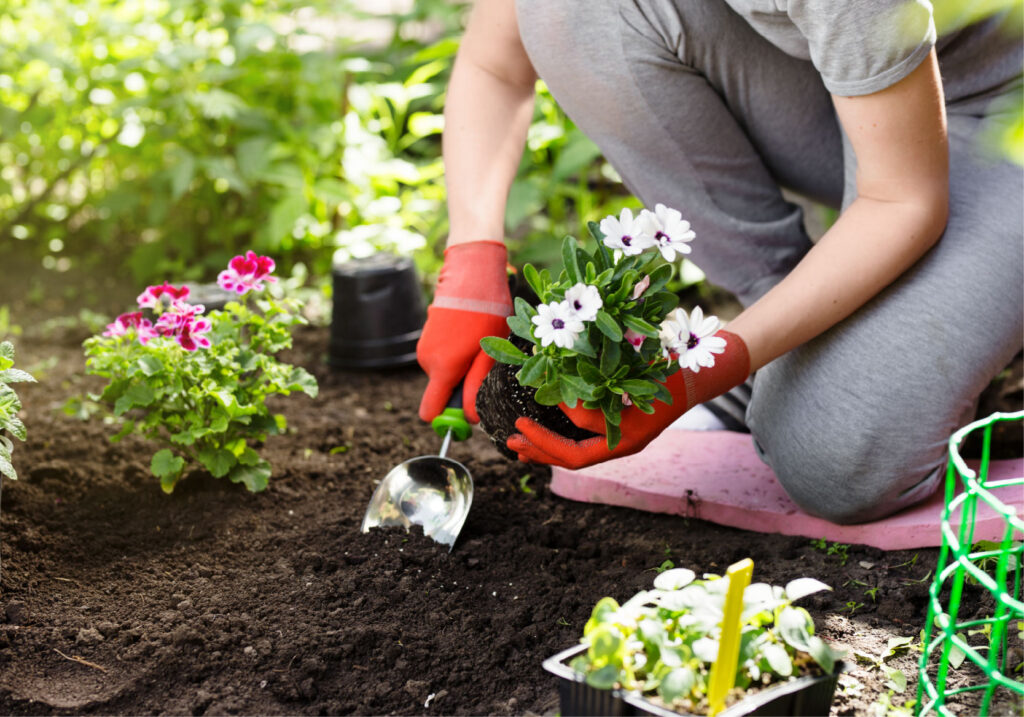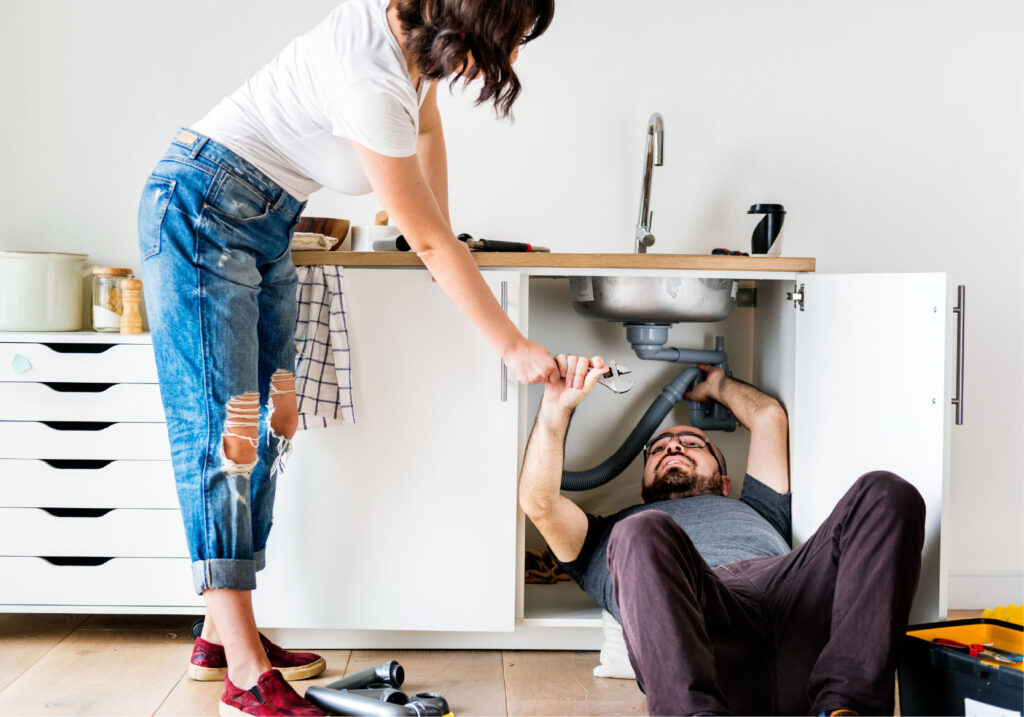There’s no better feeling than becoming a new parent. But it can also be scary and daunting, especially if it’s your first time. What do you feed them? How do you keep them healthy? There are a million different questions you have to answer in just a short amount of time. The biggest of these is how to keep your new little one safe. You can easily check your home for dangers and implement safeguards to keep your new bundle of joy from harm.
Home Safety Checklist: Before the Baby Comes Home
In the months leading up to your baby’s arrival, take a walk around your house and assess any safety concerns. Here are some essential things to check for:
Home Safety Checklist: After the Baby is Home
Once your little one arrives, there are still precautions to take. Before you know it, they’ll be crawling. To keep them safe once they’re on the move, here are some additional things you can do around your home:
After the crawling stage comes the walking stage. This is another amazing parenting moment, but again opens more things to watch out for. Your baby will start to pull themselves up and onto everything they can find. In addition to wrapping up and hiding all cords, you should start checking for unstable furniture items:
Now it’s time to lock a few things up and put any hazards away.
Extra Safety Measures
We understand that things can never be too safe for your baby. Here are some extra measures you can take:
Call National Property Inspections for Extra Precaution Today
Parenthood is stressful enough. Use these tips to make your home a safe place for your newest addition! A home maintenance inspection is recommended every two years to ensure your home systems stay in proper working order. The next time you need an inspection to make sure your home stays safe, Find your local inspector to make any appointment.



